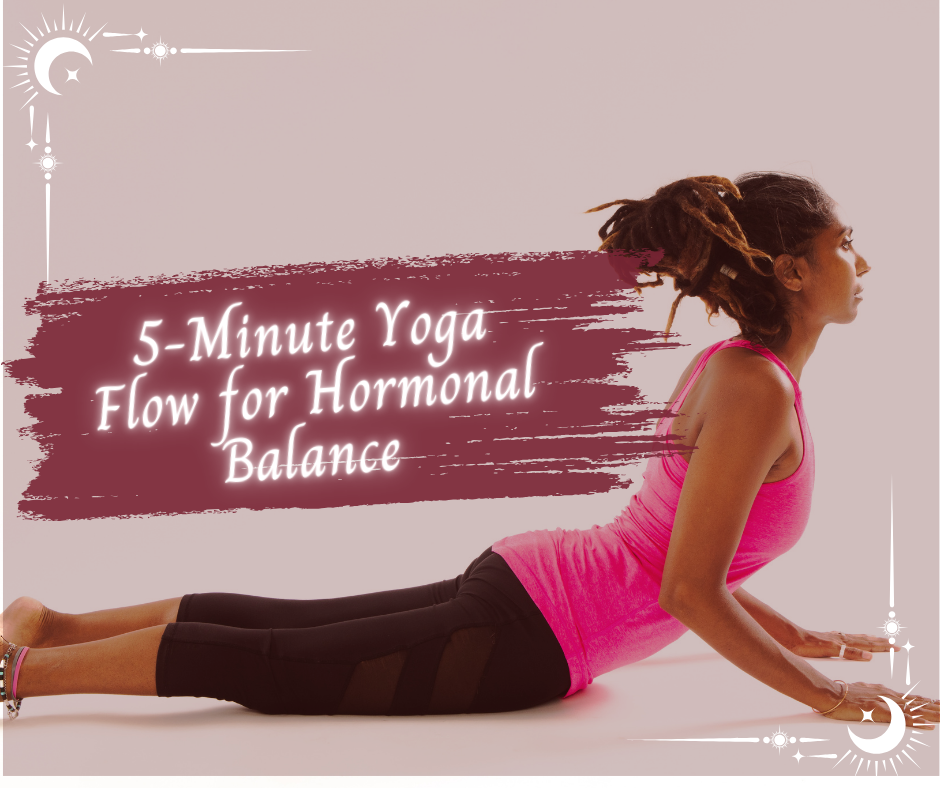When the leaves turn and the sweaters come out, there’s nothing better than wrapping your hands around a warm mug. And here’s a little seasonal secret: some of the same fall spices we love in pies and lattes also have real science behind them for easing period pain.
No gimmicks, no “just vibes” wellness advice, ginger, cinnamon, and clove have all been studied for their anti-inflammatory and pain-relieving effects. Think of them as nature’s cozy companions when cramps hit.
Ginger: the gold standard root
Ginger isn’t just for cookies and stir-fries. Several clinical trials have found that ginger can significantly reduce menstrual pain, sometimes with effects similar to common over-the-counter pain relievers. Ginger works by reducing the production of inflammatory prostaglandins (the compounds partly responsible for cramps). Plus, it’s warming, soothing, and safe for most people in food or tea doses.
Cinnamon: sweet spice, lighter flow
Cinnamon brings more than aroma to your fall kitchen. Some studies suggest it can reduce menstrual pain and even lighten bleeding. It has anti-inflammatory and circulation-boosting properties, which may explain why a sprinkle in your tea or oats can do more than taste good.
Clove: tiny but mighty
Clove hasn’t been studied in as many human trials as ginger or cinnamon, but lab and animal studies show its main compound, eugenol, has analgesic and anti-inflammatory effects. Translation: it may help dial down pain signals and inflammation. In food or tea, it’s safe, warming, and adds that deep, spiced flavor we associate with fall baking.
A Cozy Fall Cycle Tea
Here’s a simple stovetop recipe that blends these spices into a soothing, anti-cramp brew:
Ingredients (makes 2 mugs):
2–3 slices fresh ginger root
½ tsp ground turmeric (or a few thin slices fresh turmeric root)
1 small cinnamon stick
2–3 whole cloves
Pinch of black pepper (helps with turmeric absorption)
1–2 slices fresh blood orange or lemon
3 cups water
Method:
Place everything (except citrus) into a small pot with the water.
Bring to a gentle boil, then reduce heat and simmer 10–15 minutes.
Turn off heat, add citrus slices, and let steep another 5 minutes.
Strain into mugs. Sweeten with a drizzle of maple syrup if desired.
A few gentle notes
Stick to food and tea. These spices are safe in culinary amounts, but concentrated essential oils (especially clove) should not be applied topically to sensitive areas.
Consistency helps. In studies, ginger and cinnamon were often used daily during the first 2–3 days of the period, so enjoy a mug or two, not just a one-time sip.
Listen to your body. If cramps are severe or unrelenting, spices can be supportive but shouldn’t replace medical care or necessary pain management.
This fall, let your tea do double duty: warming your hands and gently easing your cycle. Ginger, cinnamon, and clove aren’t just nostalgic flavors, they’re evidence-backed allies for period comfort. So, when the cramps come knocking, grab a pot, simmer some spices, and let the season itself soothe you.










